We use cookies and other technologies to personalize your experience and collect analytics.
Michael Simpson
Painting almost daily for over six decades, Michael Simpson is renowned for his large-scale paintings that repeatedly work through a limited number of motifs. Influenced by fifteenth century Venetian and early Flemish painting, Simpson’s visual vocabulary returns again and again to a belief in “the infamy of religious history”, in his words. These motifs that potently address faith, existentialism and authority - benches, steps and ladders, pulpits, Islamic minbars, and confessional boxes - are the foundational forms of his precise pared down compositions. These structures are rendered with a forensic level of detail, but in such a way that they also become pure forms: benches levitate on an empty plane; ladders lead to nowhere. Simpson’s paintings are characterised by his potent economy and austerity, as well as a marked depth in spatial perspective; their subjects painted on a flat painted surface. But despite their austerity and simplicity, each of Simpson’s paintings contains an elaborate consideration of a specific history. In his Leper Squint series, for example, what might first appear to be a recurring reference to the black square of Kazimir Malevich, is in fact a poignant depiction of a hagioscope, or a ‘squint’; a small hole positioned in the exterior walls of medieval churches for the purpose of allowing lepers to see and hear the sacraments without contaminating the congregation. In another example, Simpson’s ongoing bench paintings, which he started painting in 1989, are an homage to the Italian Renaissance philosopher Giordano Bruno, who was burnt alive in 1600 for heresy.
Michael Simpson was born in Dorset in 1940 and lives and works in Wiltshire. Simpson has presented solo exhibitions at Modern Art, London (2025; 2024); Holburne Museum, Bath (2023); giant, Bournemouth (2022); Minsheng Museum of Art, Shanghai (2018); Spike Island, Bristol (2016); David Roberts Arts Foundation, London (2014); Arnolfini Gallery, Bristol (1996 and 1983); and Serpentine Gallery, London (1985). He has participated in group exhibitions at Louisiana Museum of Modern Art, Humlebaek (2021); Hayward Gallery, London (2019); Museum Moderner, Künst, Stiftung, Ludwig, Wein, Vienna (2018); Limerick City Gallery of Art (2017); Walker Art Gallery, Liverpool; Contemporary Art Centre, Vilnius, Lithuania (both 2016); Fitzwilliam Museum, Cambridge (1999); and Serpentine Gallery, London (1987). In 2016, he was awarded the John Moores Painting Prize, having first been nominated for the prize in 1991. His works feature in prominent institutional collections including British Council, London; Roberts Institute of Art, London; Long Museum, Shanghai; Louisiana Museum of Modern Art, Humlebaek; Tate, London; and Walker Art Gallery, Liverpool.
Biography
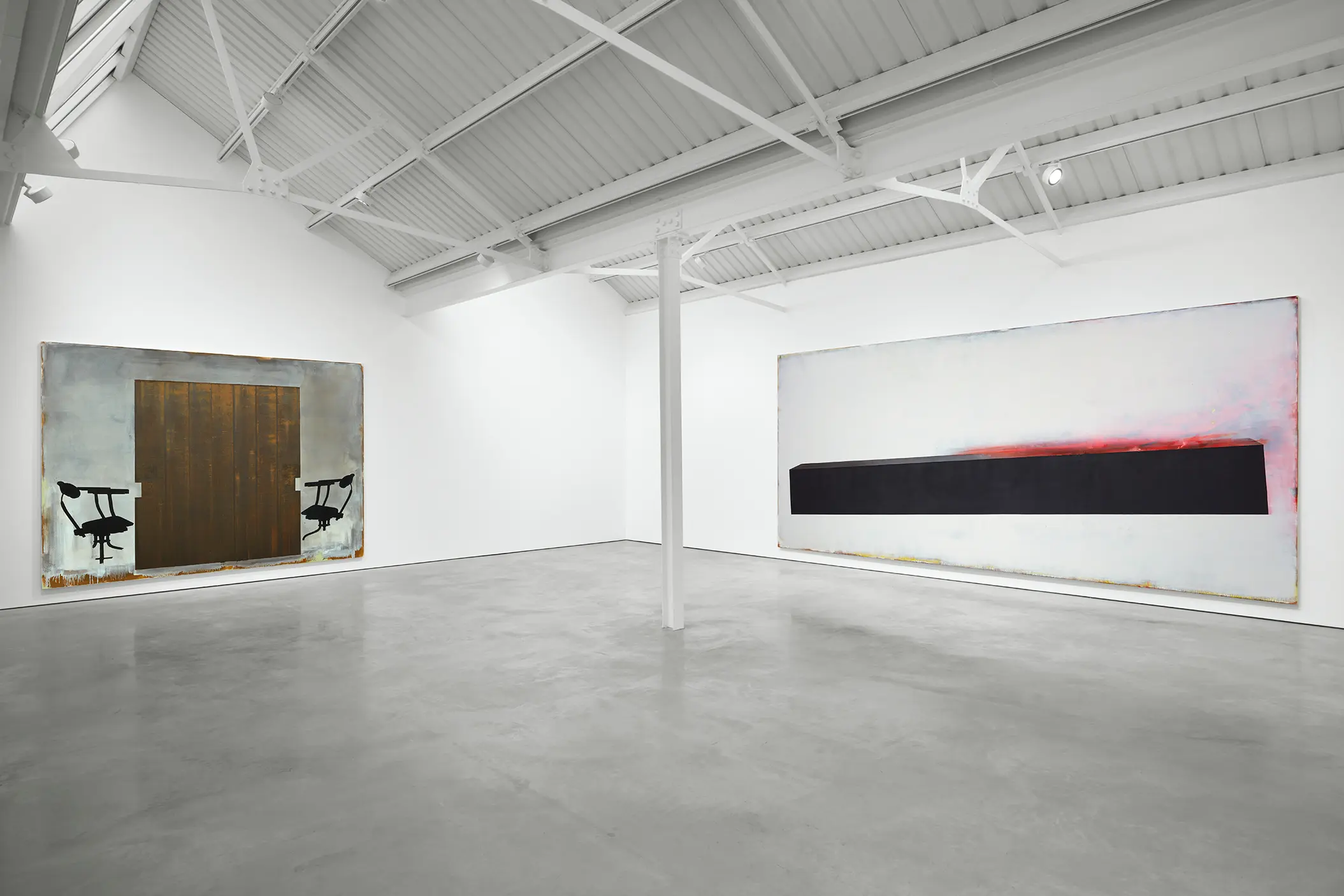

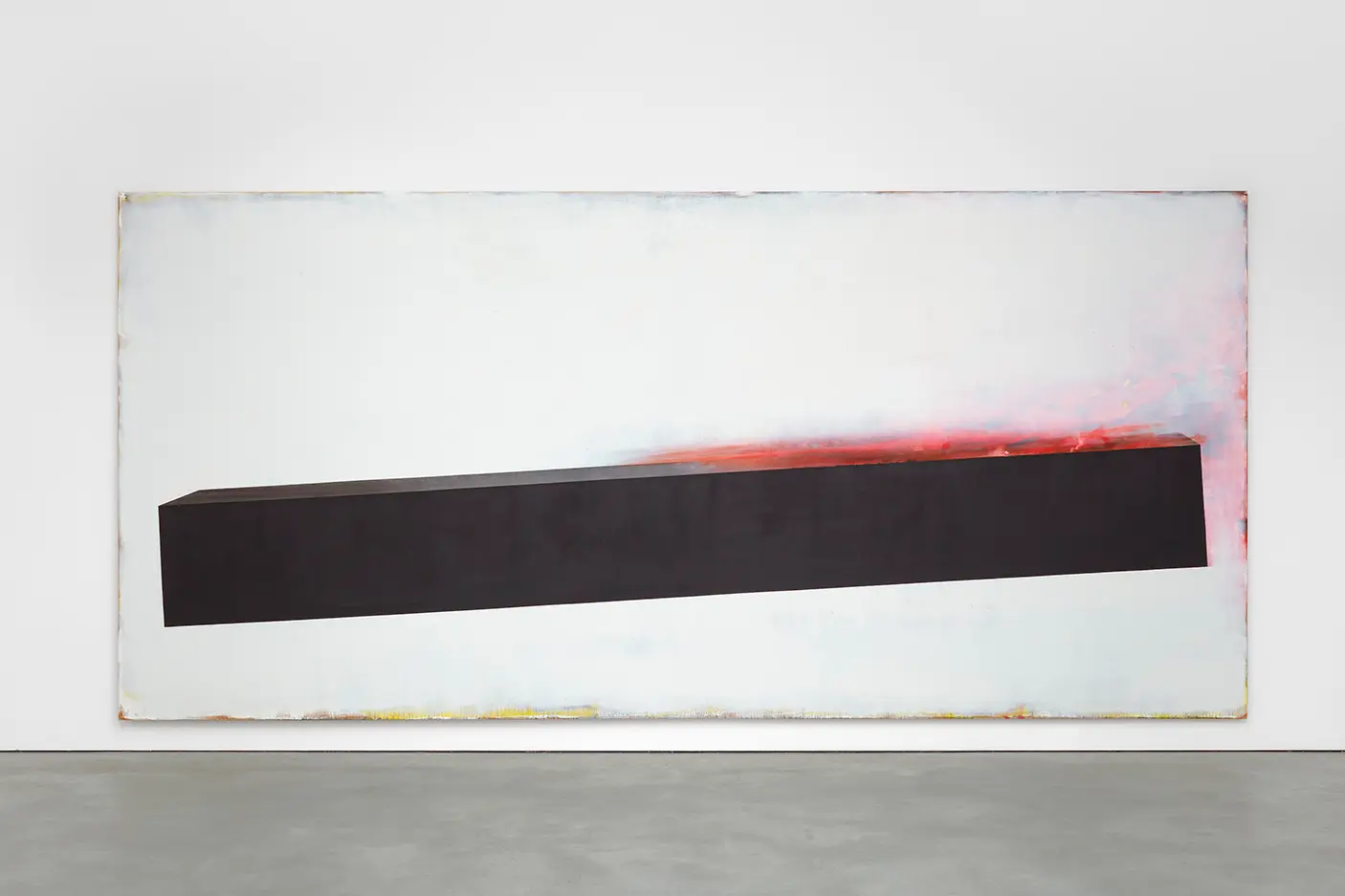
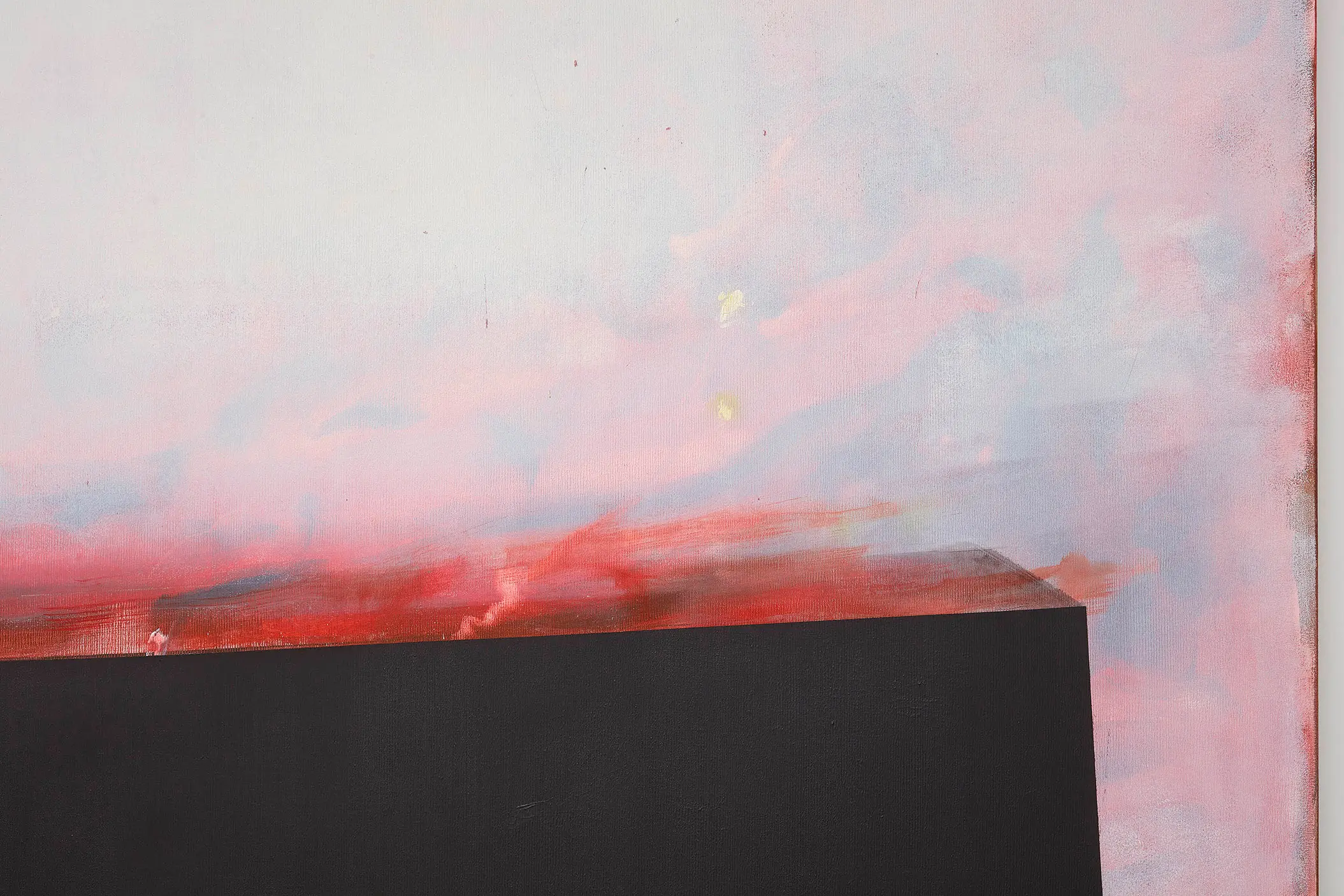

oil on canvas, 244 × 420 cm, 96 × 165 3/8 in

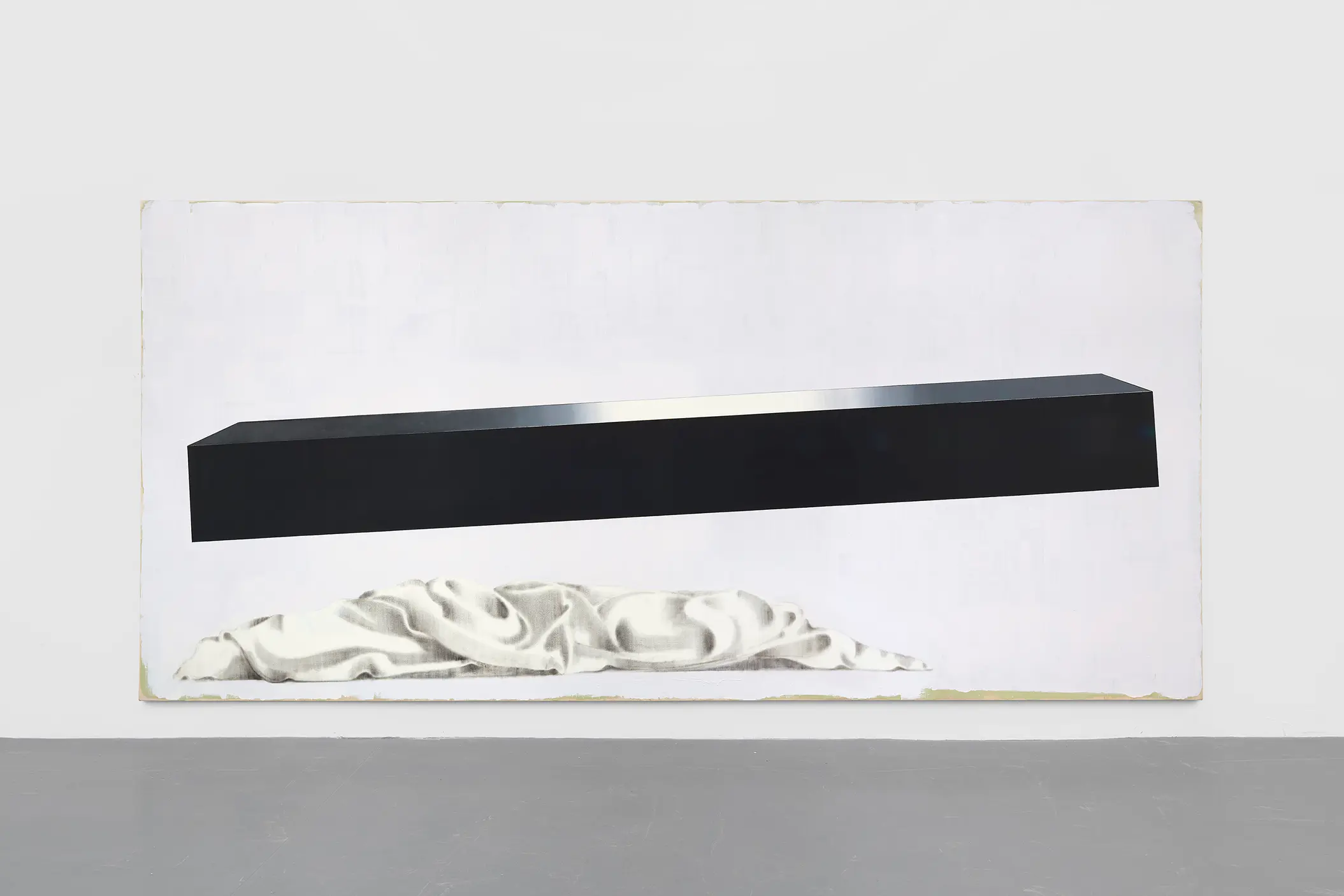
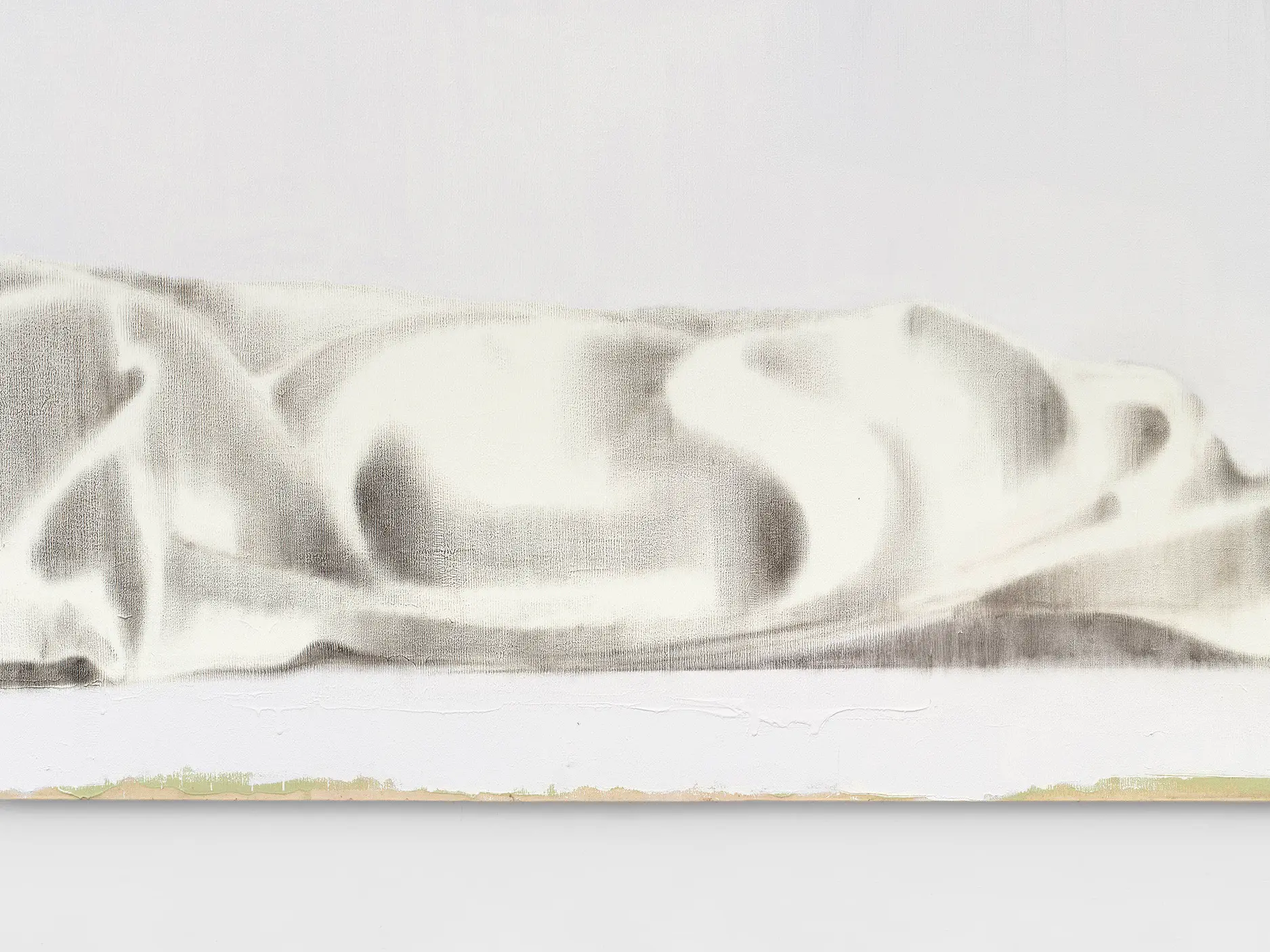
oil on canvas, 245 × 518 cm, 96 1/2 × 204 in


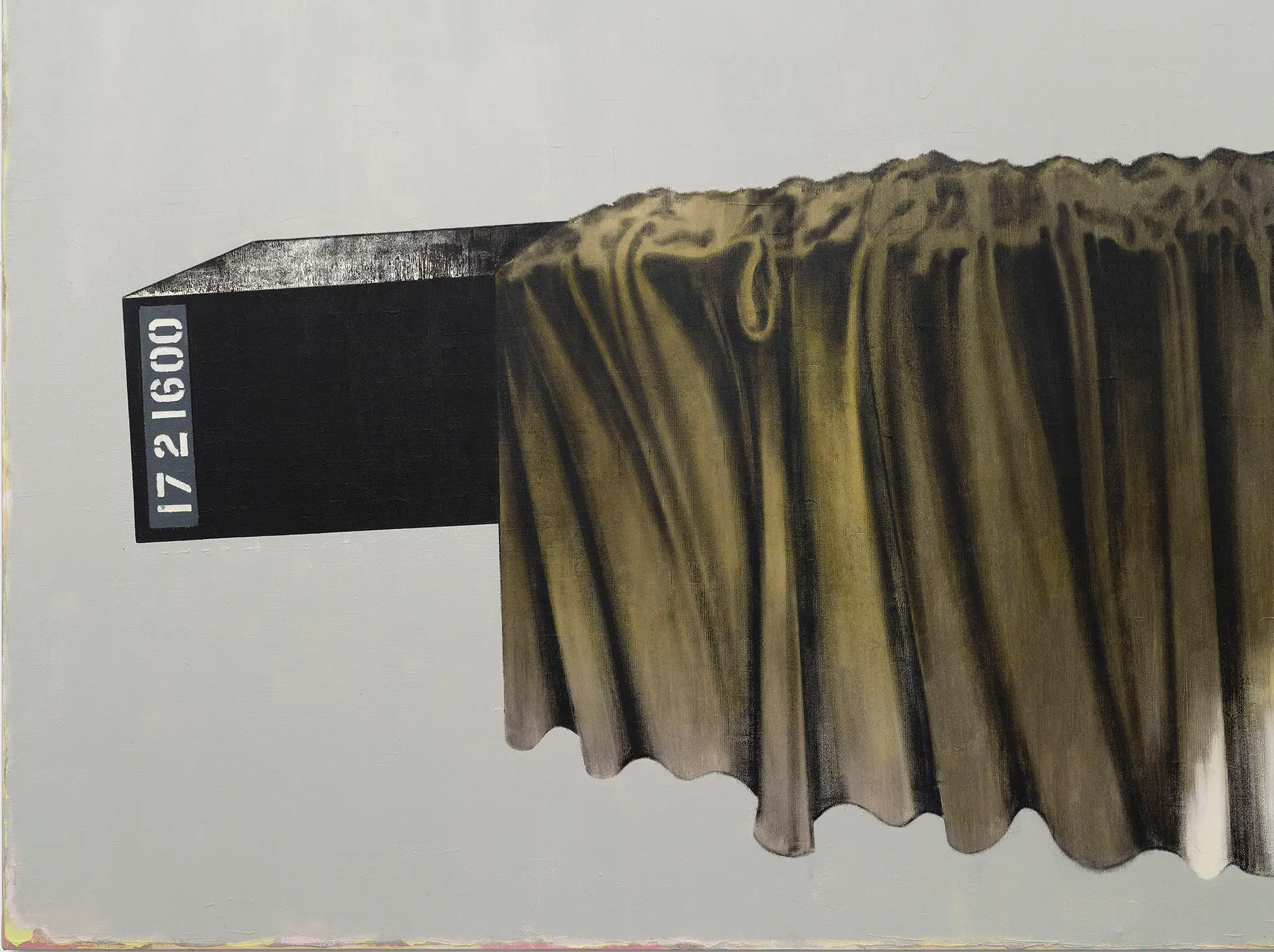
oil on canvas, 244 x 534 cm, 96 x 210 1/4 in

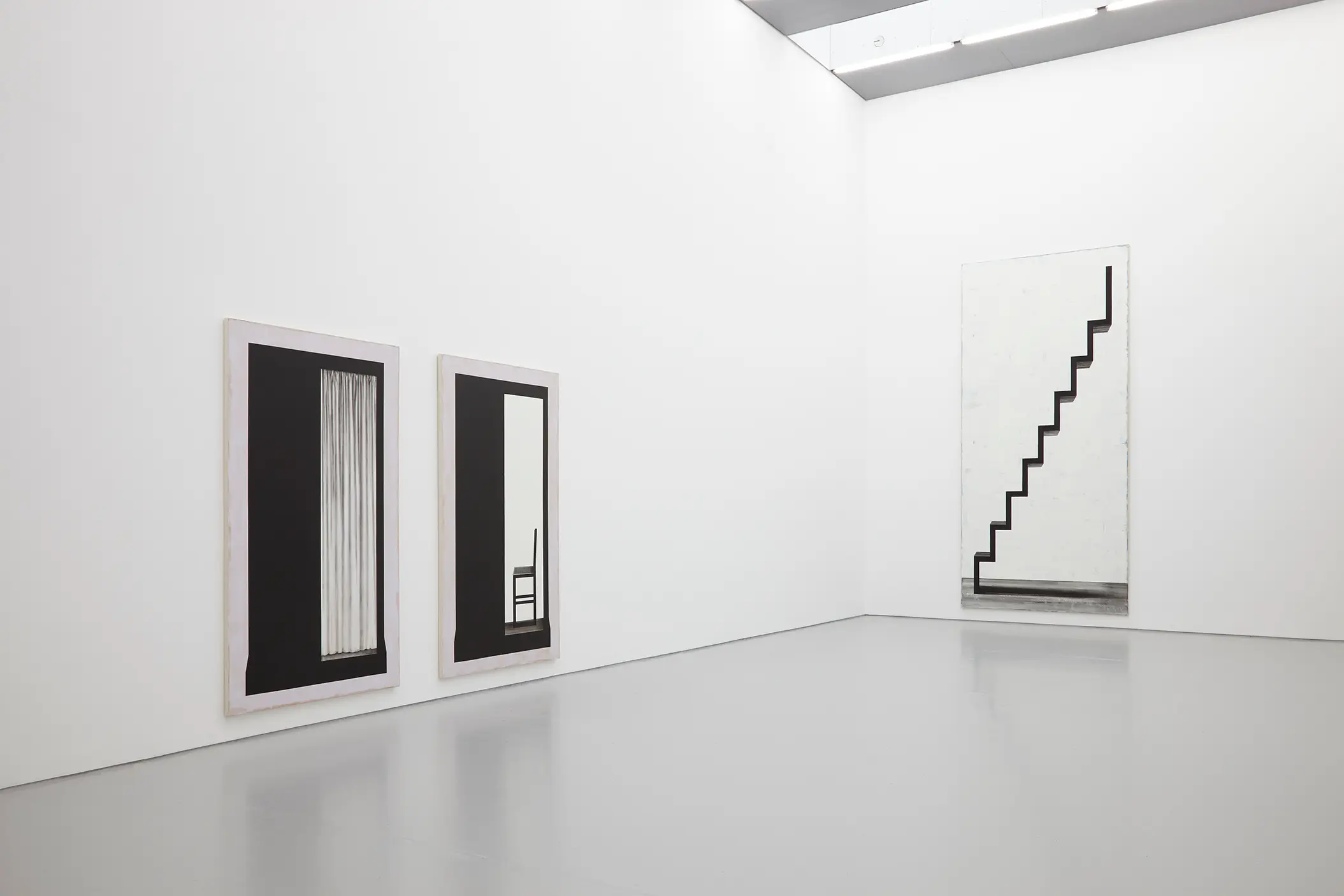
oil on canvas, 535 x 240 cm, 210 5/8 x 94 1/2 in

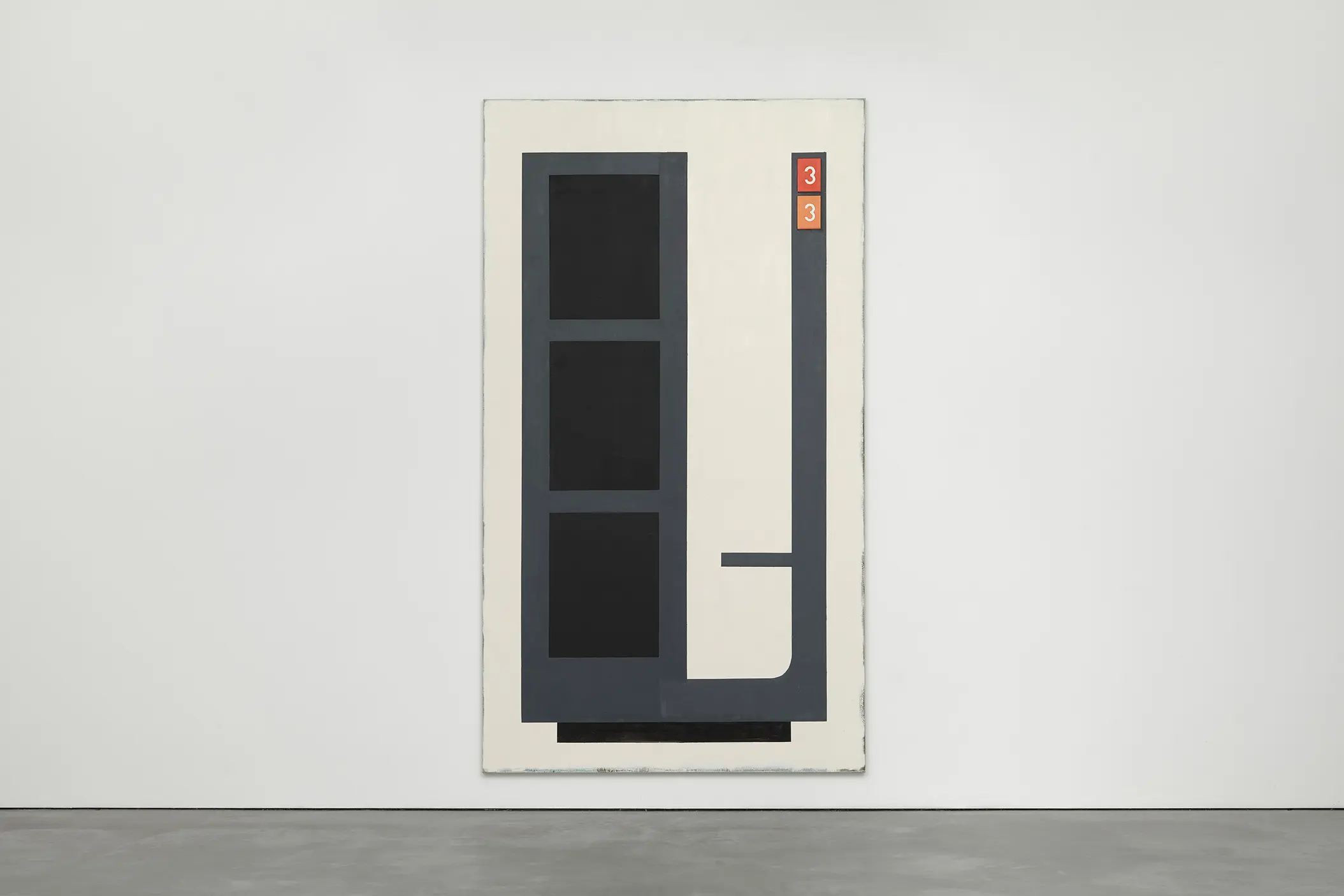
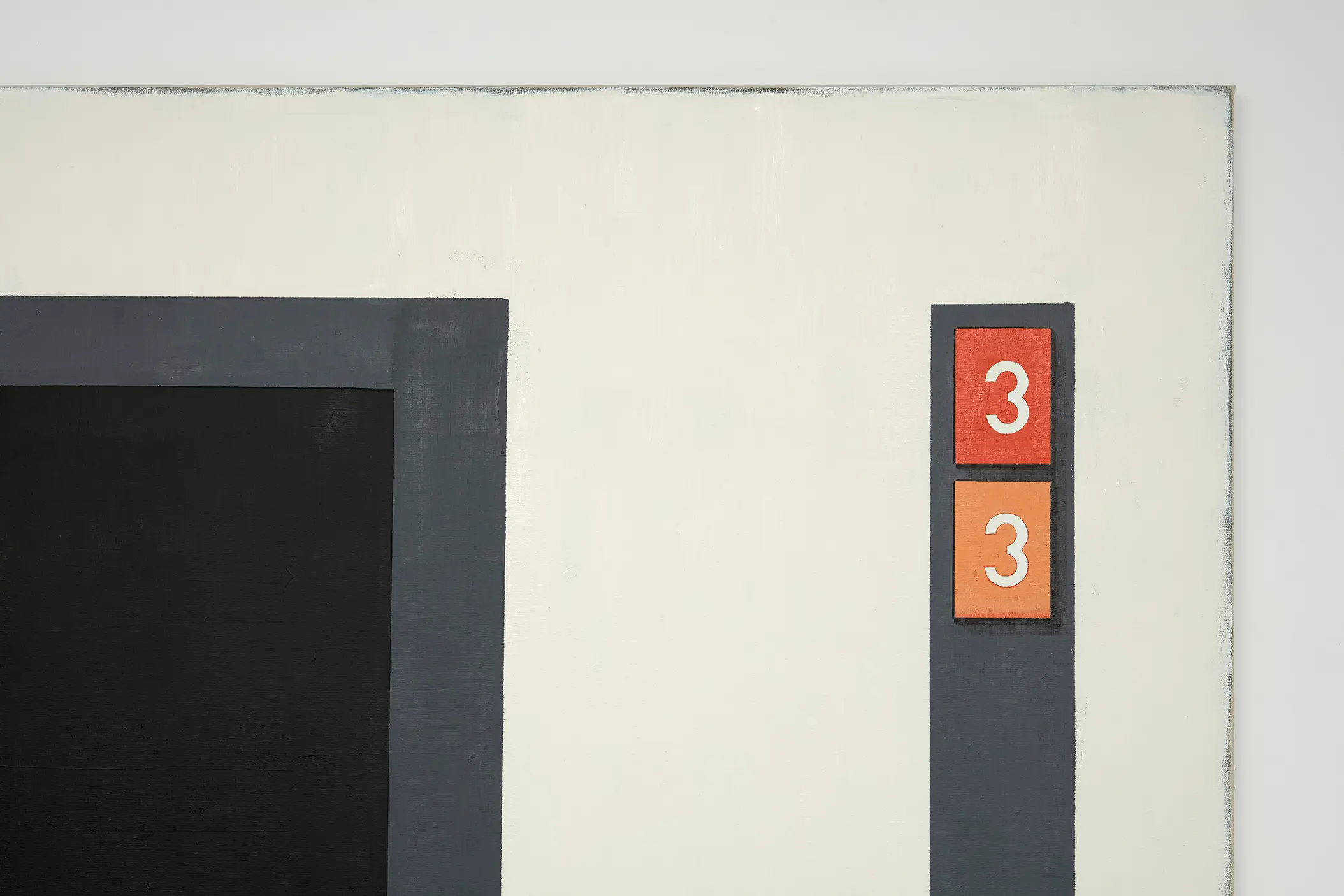
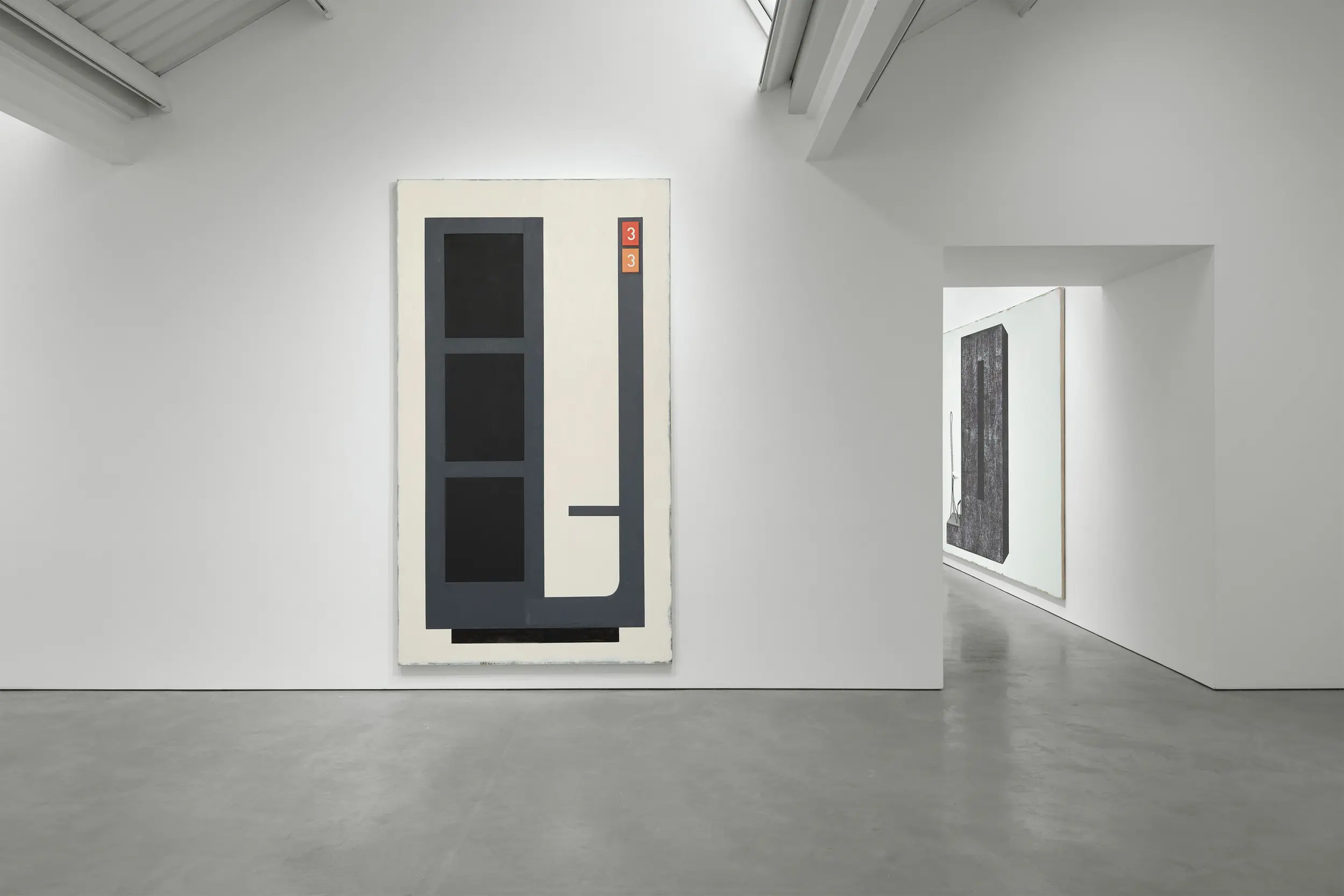
oil on canvas, 283 x 160.5 cm, 111 3/8 x 63 1/4 in

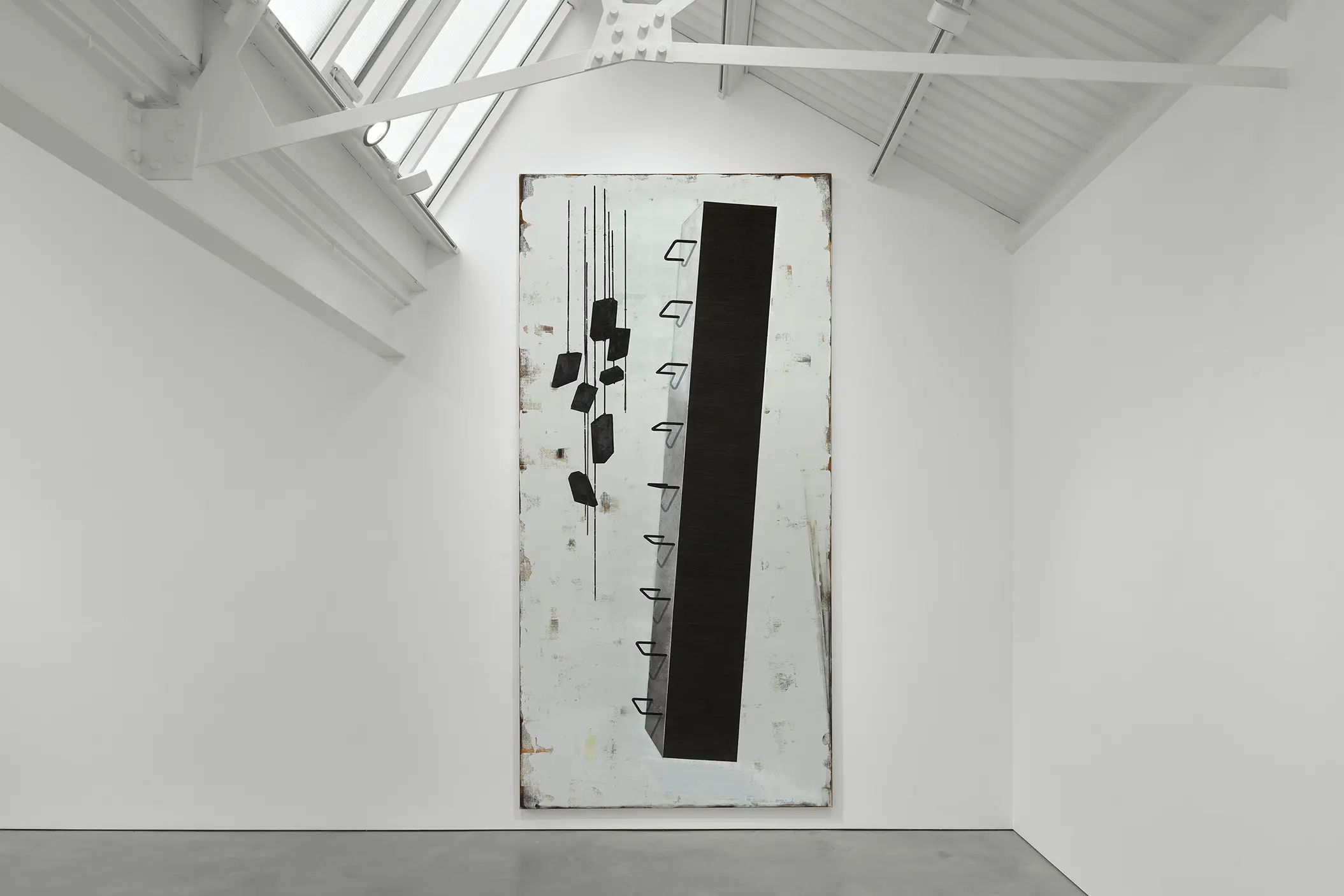
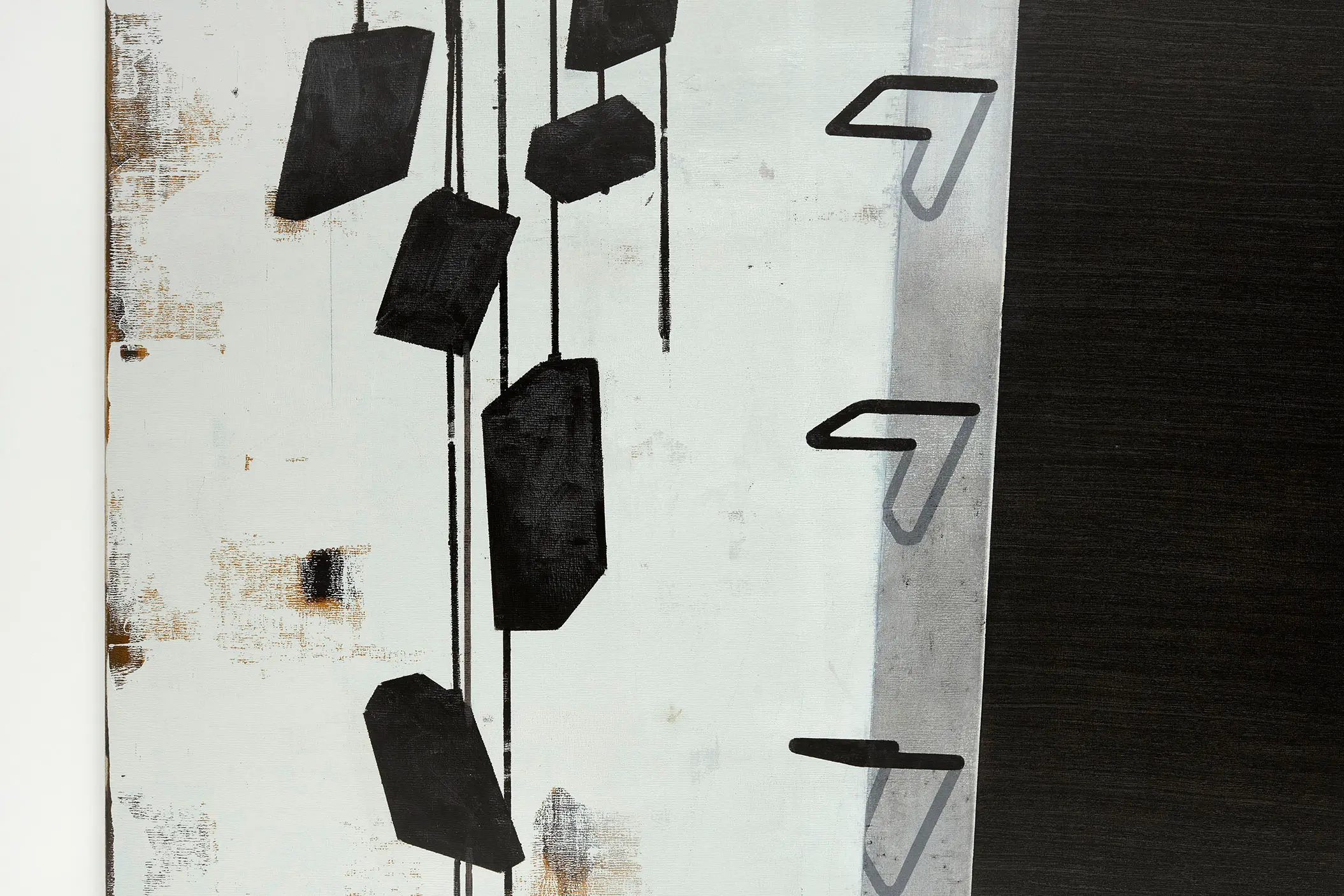
oil on canvas, 382 × 183 cm, 150 3/8 × 72 in

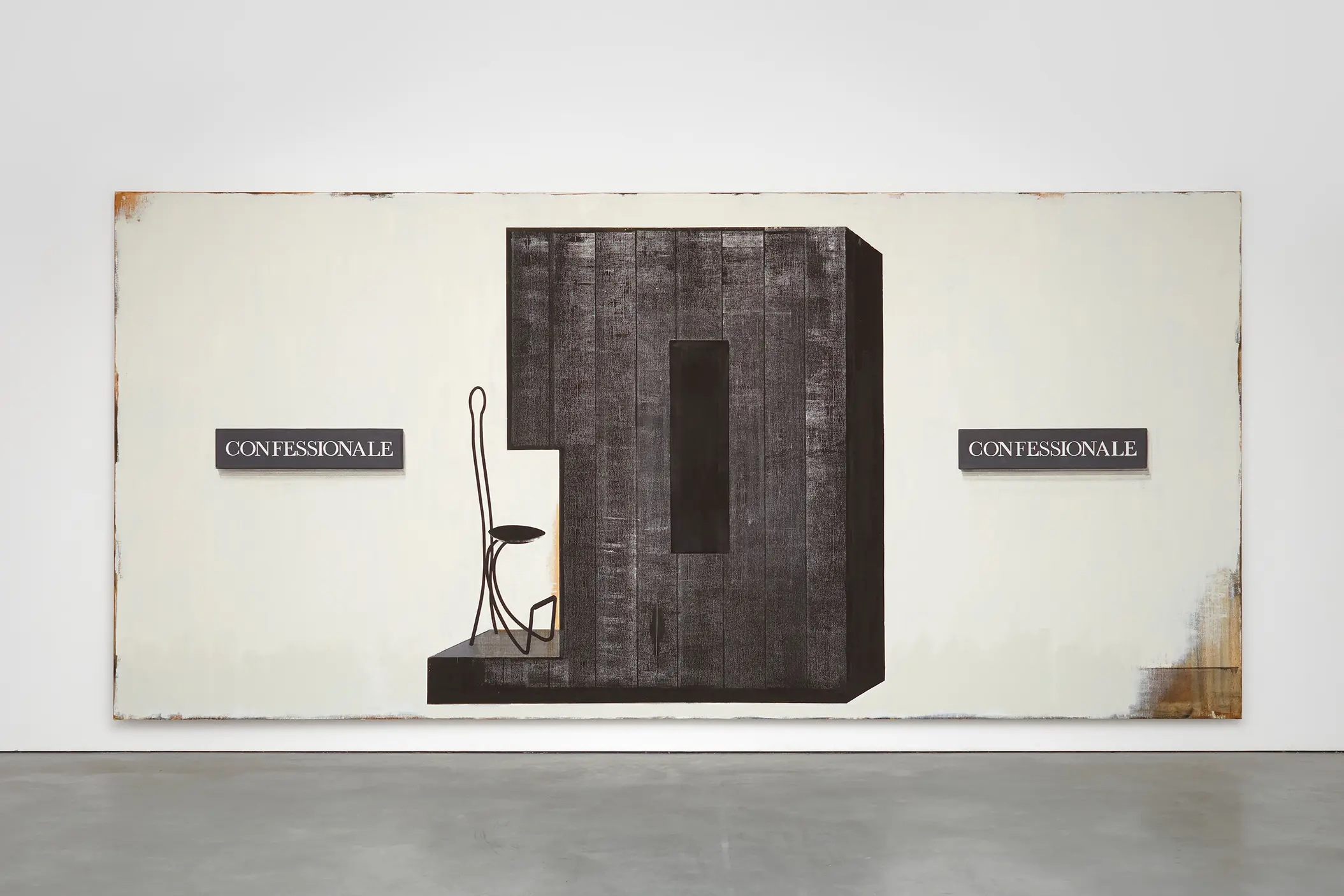
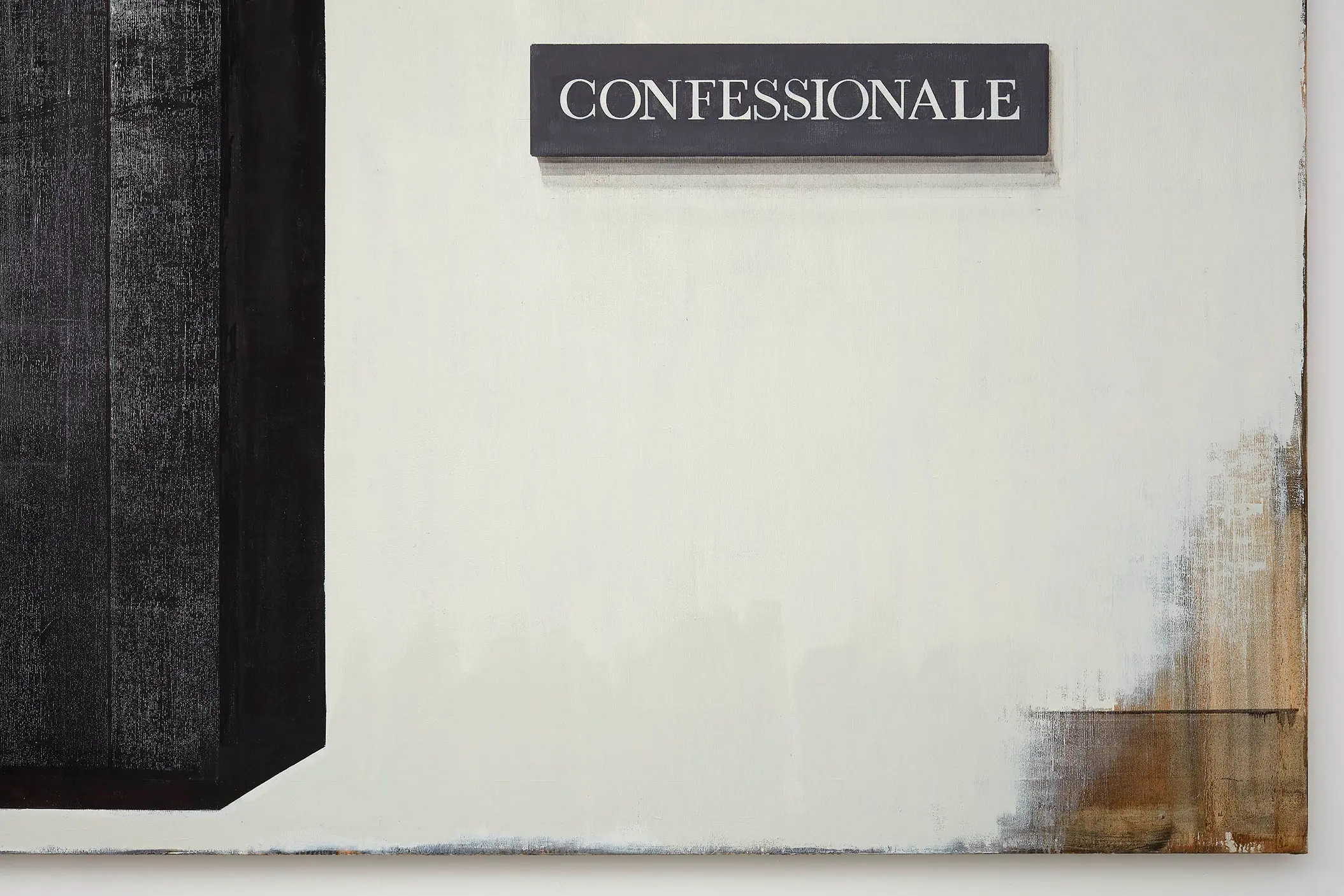
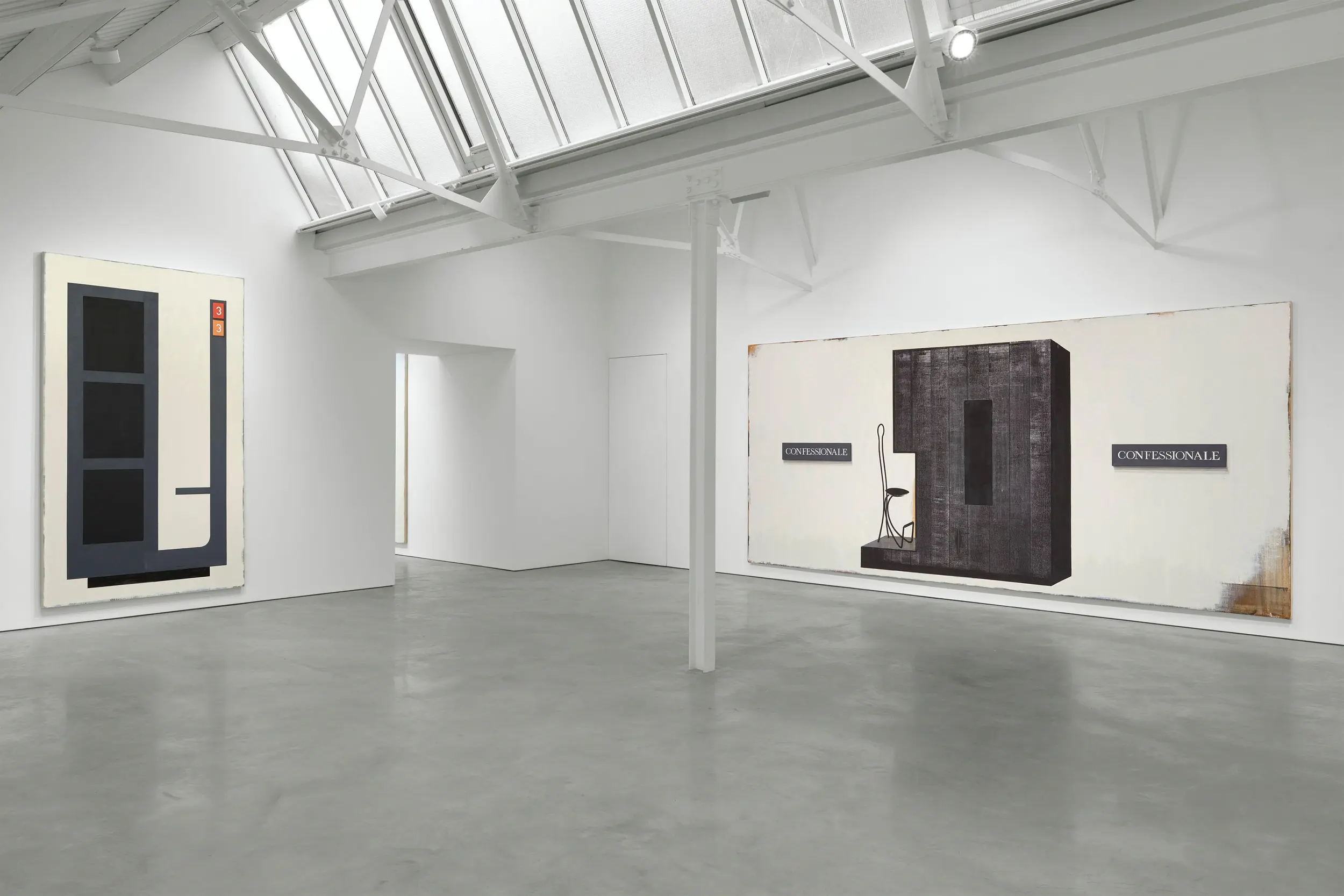
oil on canvas, 244 x 518.5 cm, 96 x 204 1/8 in

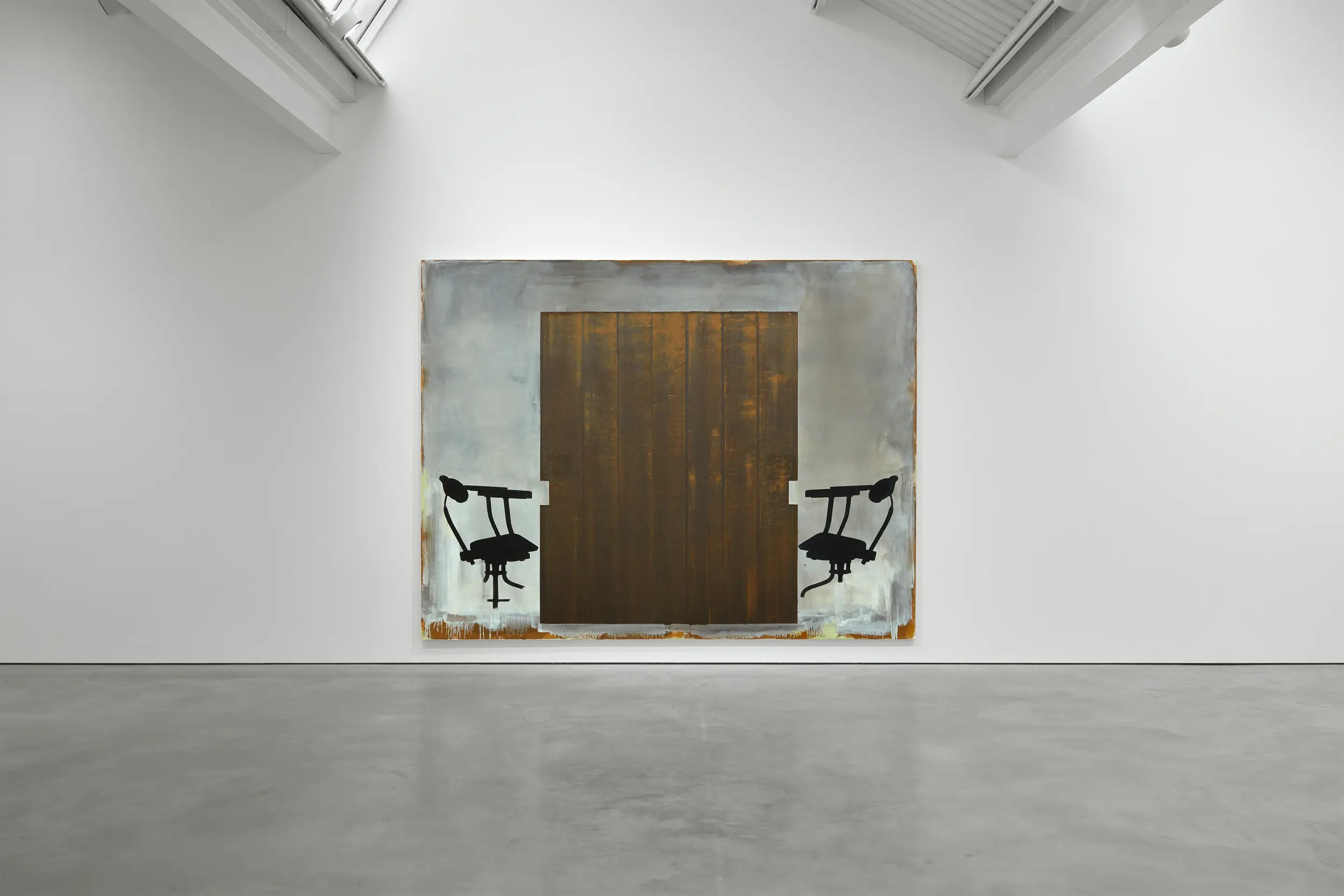
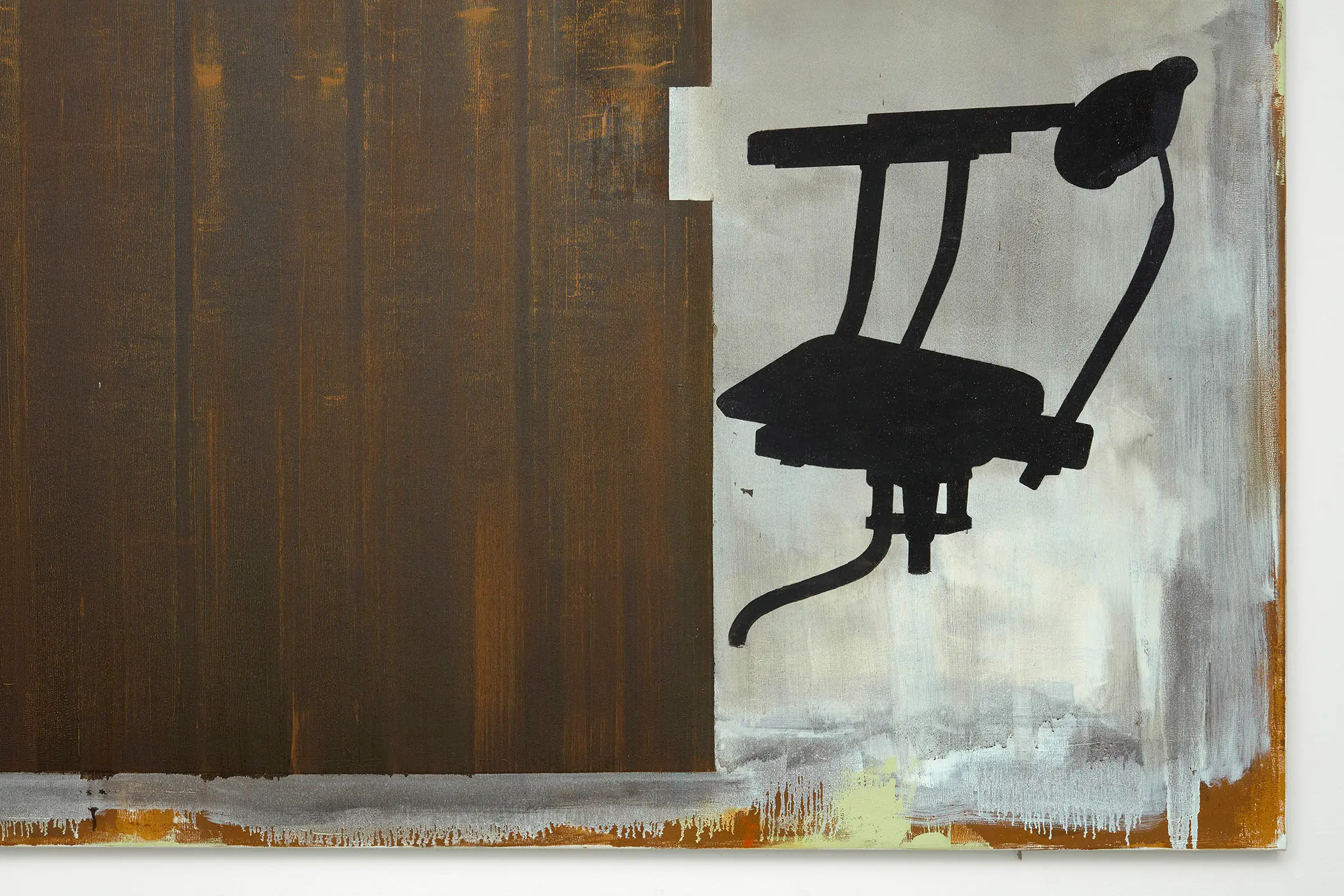
oil on canvas, 230 x 300 cm, 90 1/2 x 118 1/8 in

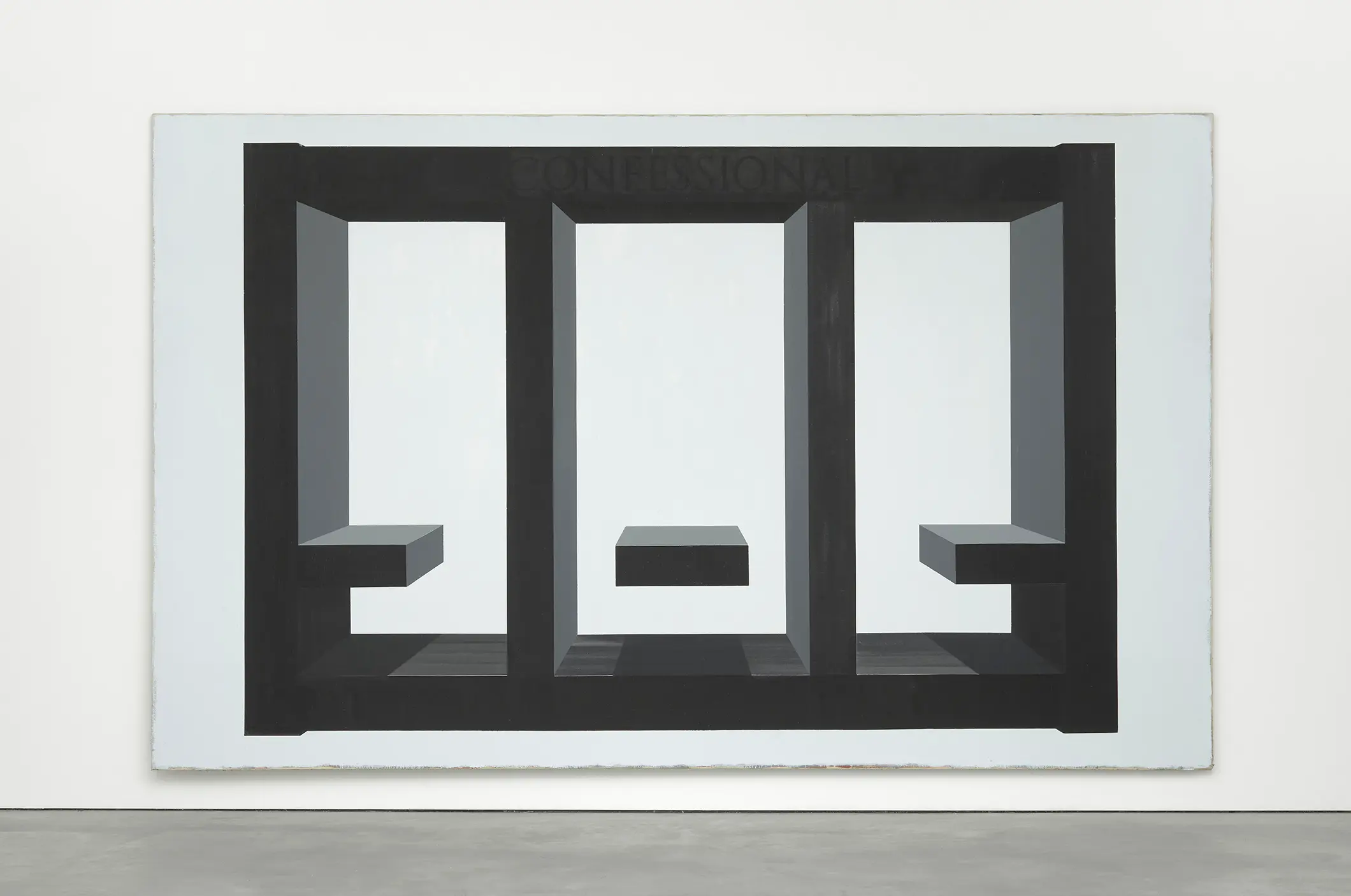
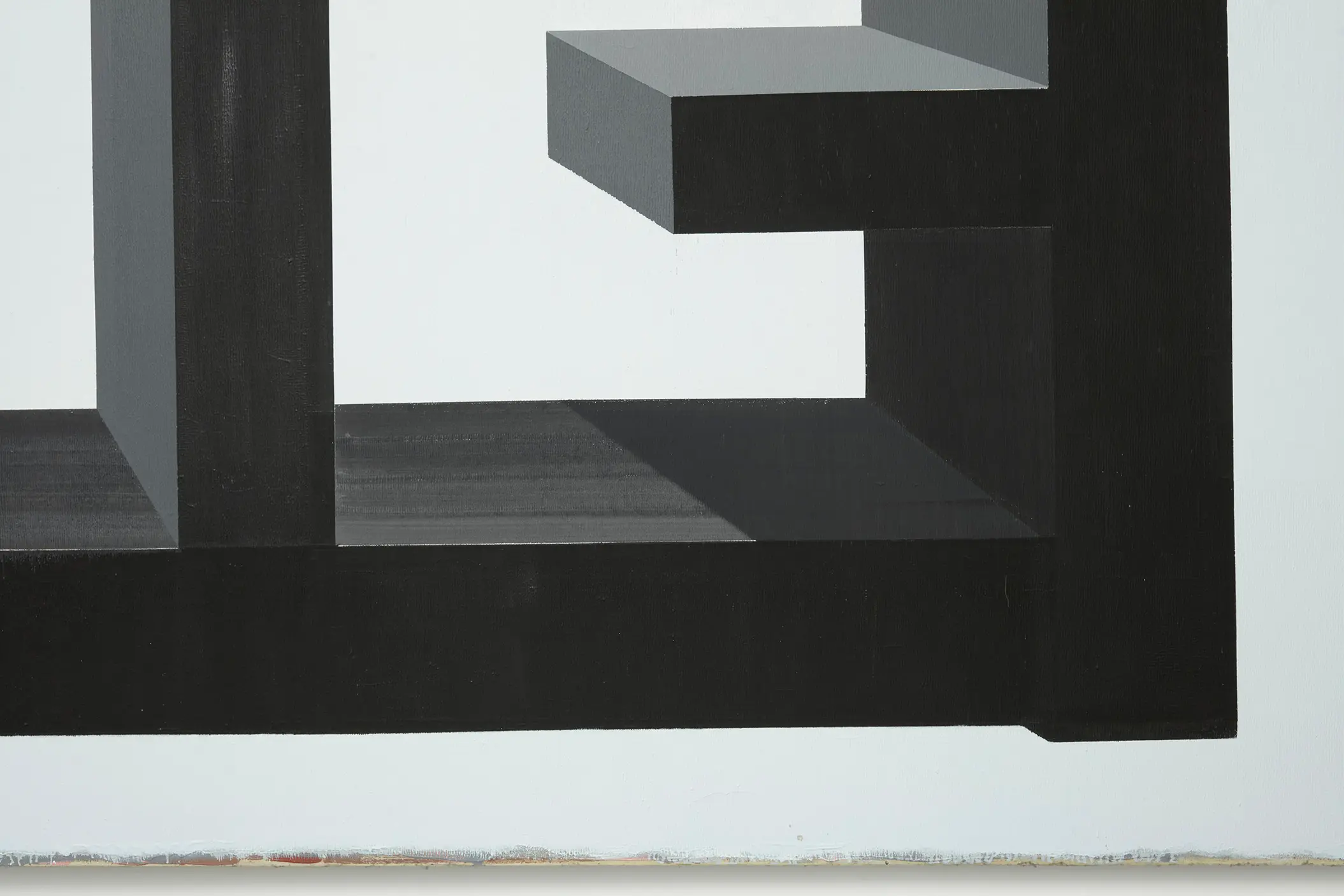
oil on canvas, 245 x 388 cm, 96 1/2 x 152 3/4 in

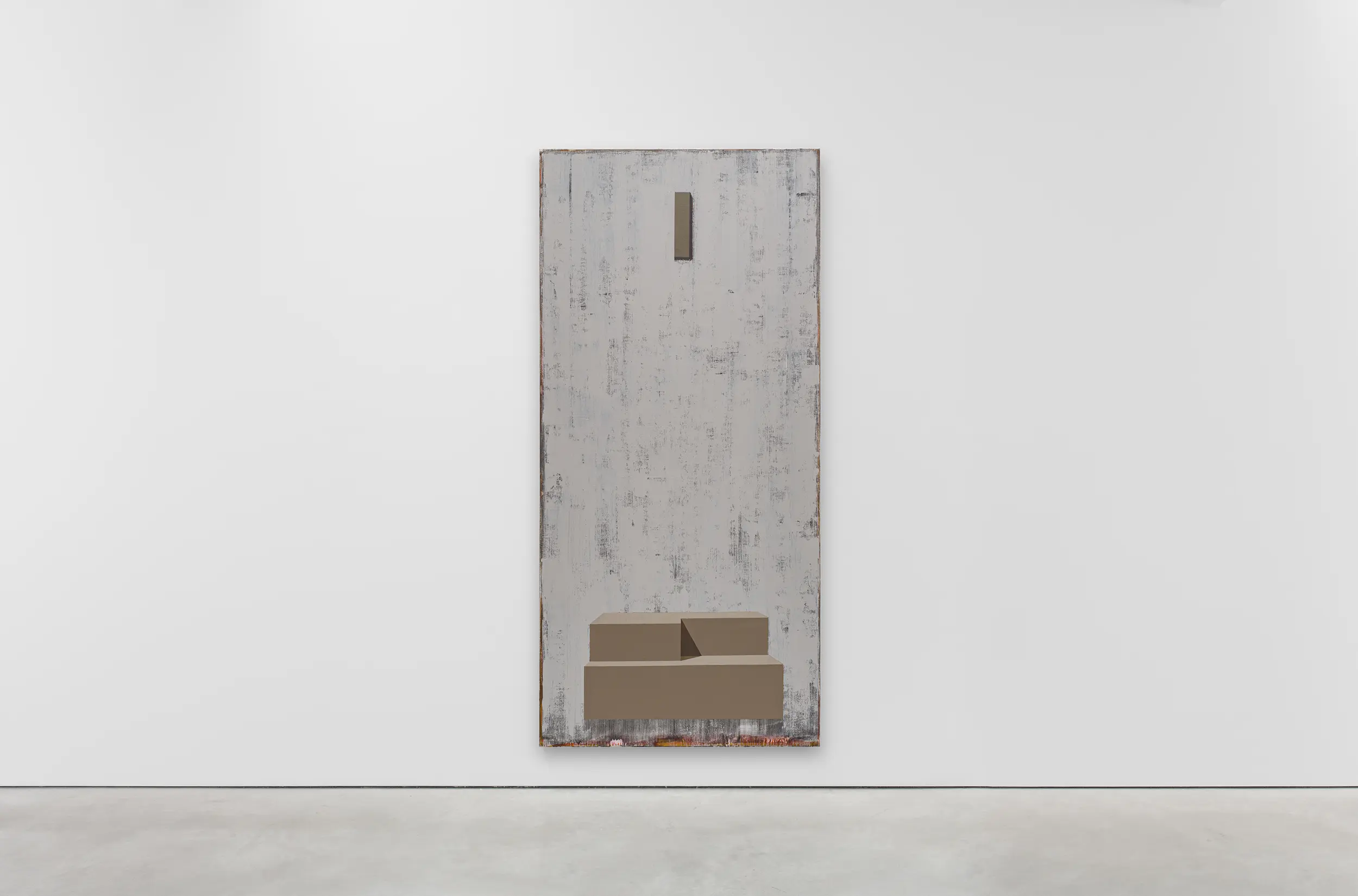
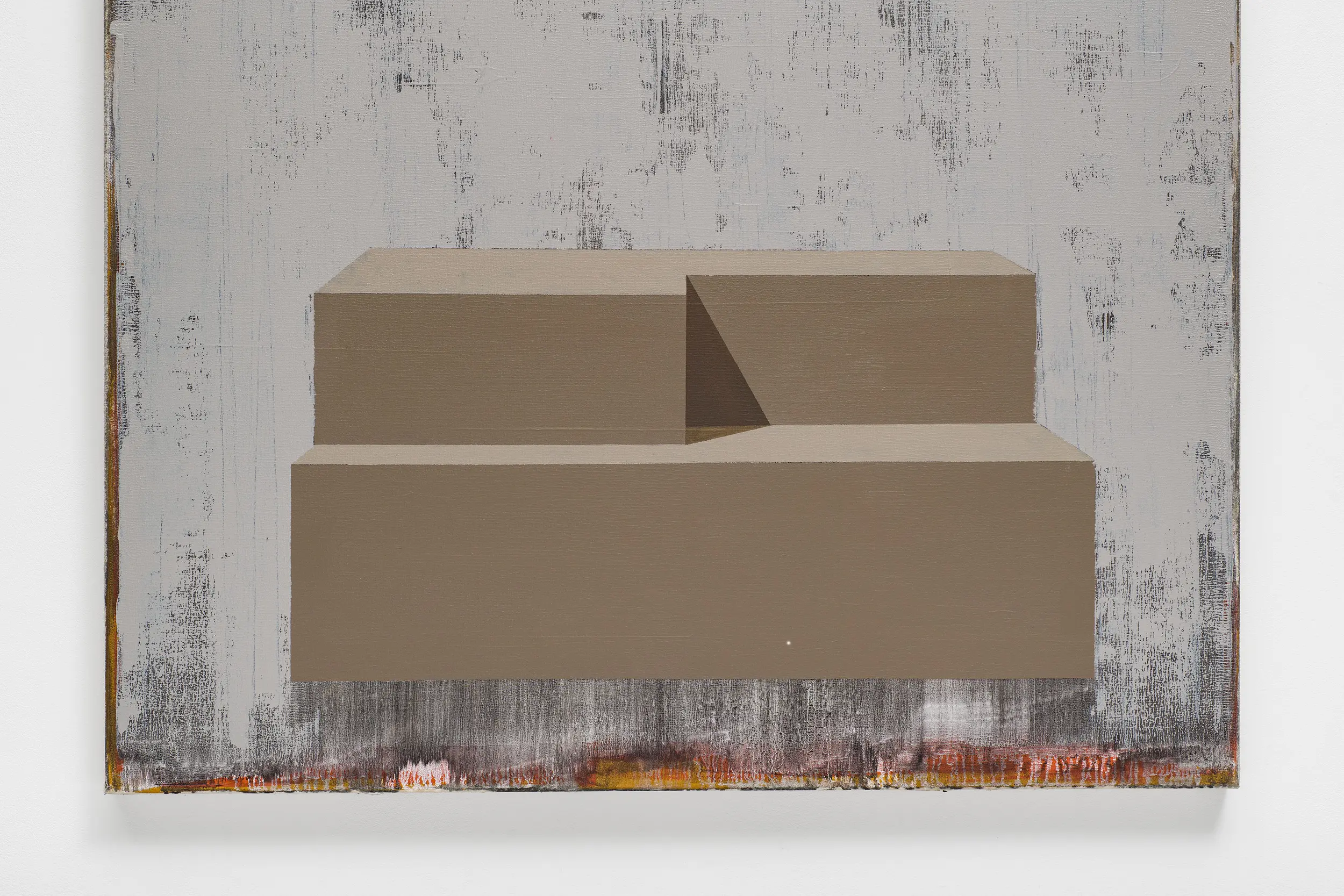

oil on canvas, 230 x 108 cm, 90 1/2 x 42 1/2 in

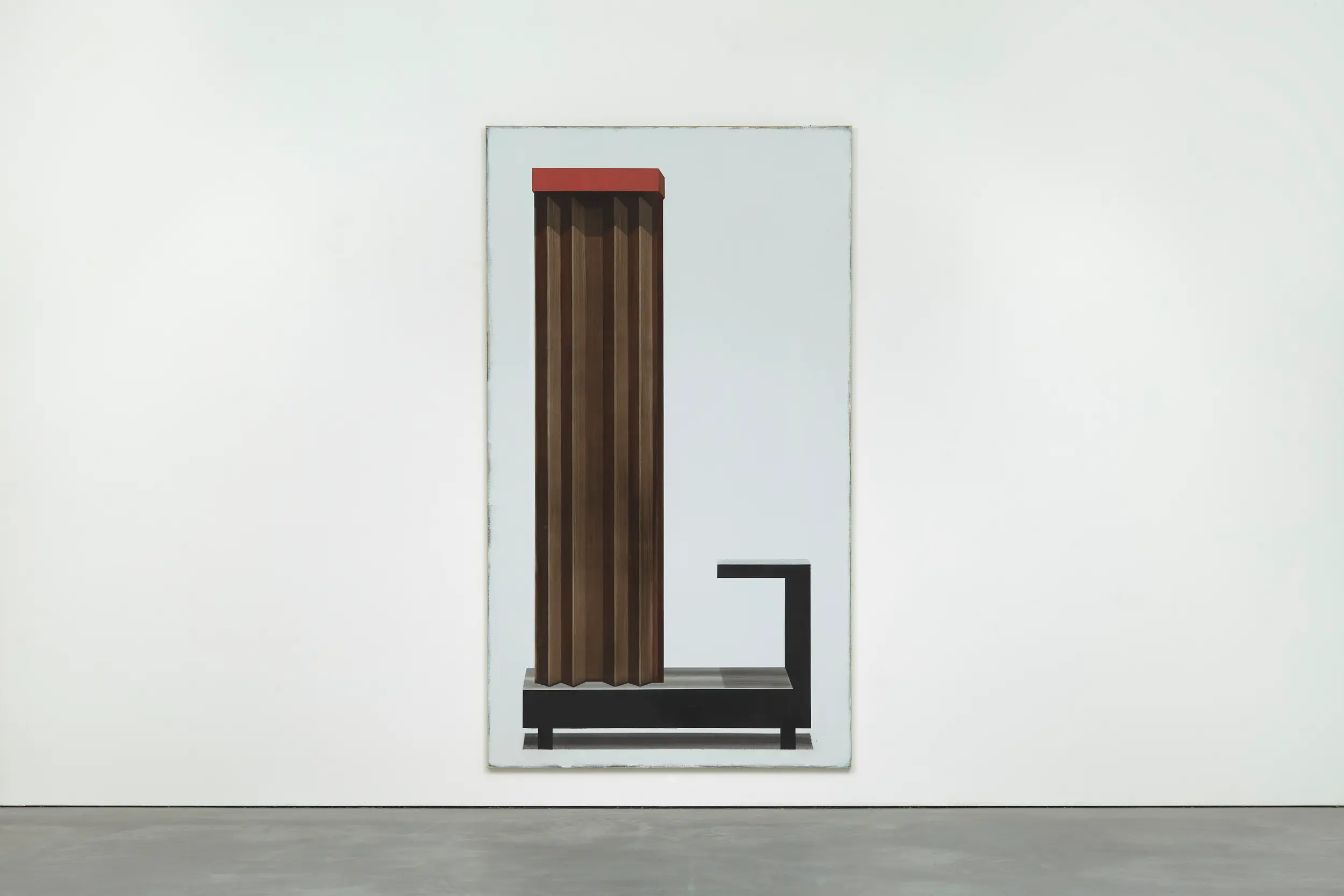
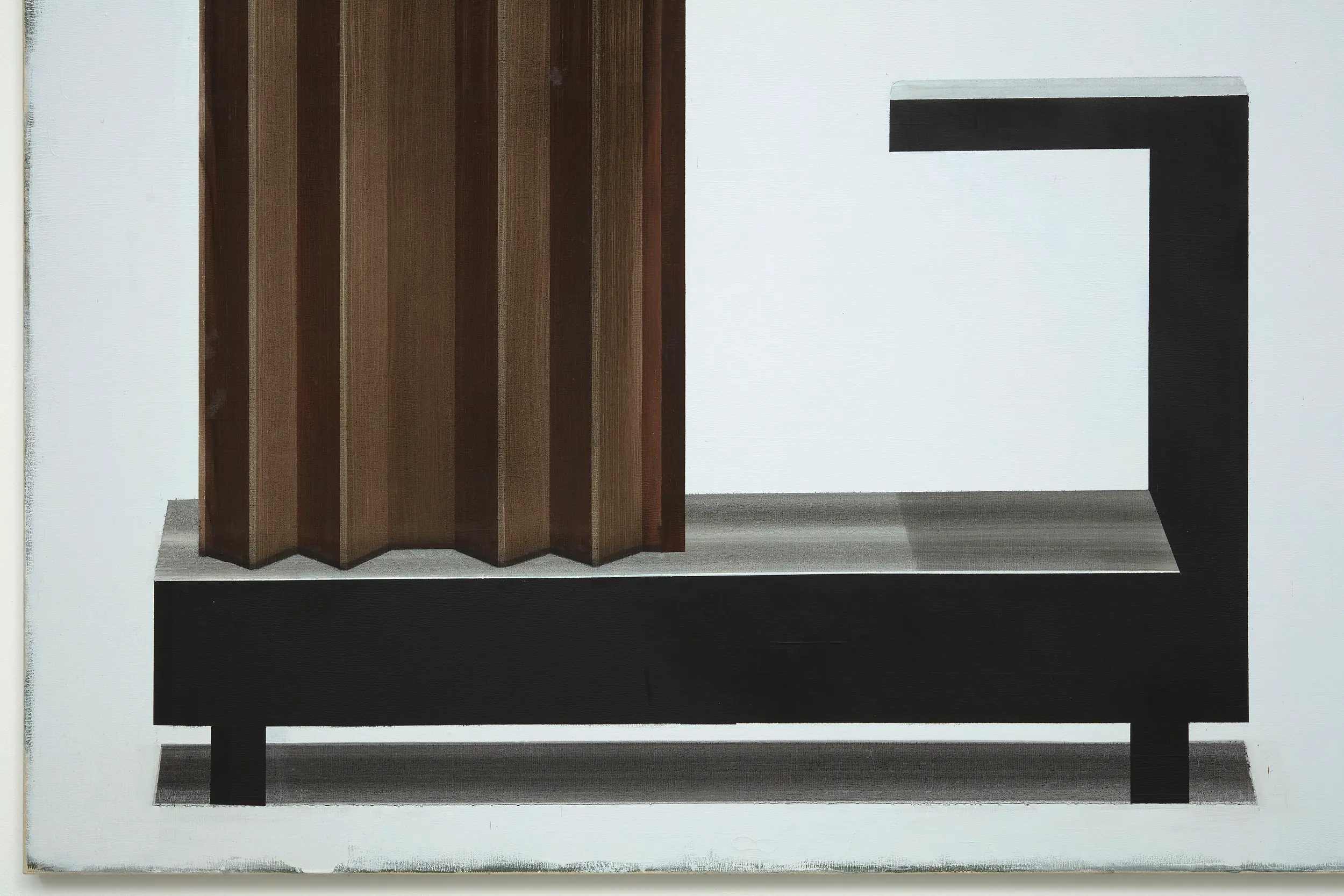
oil on canvas, 282 x 162 cm, 111 x 63 3/4 in

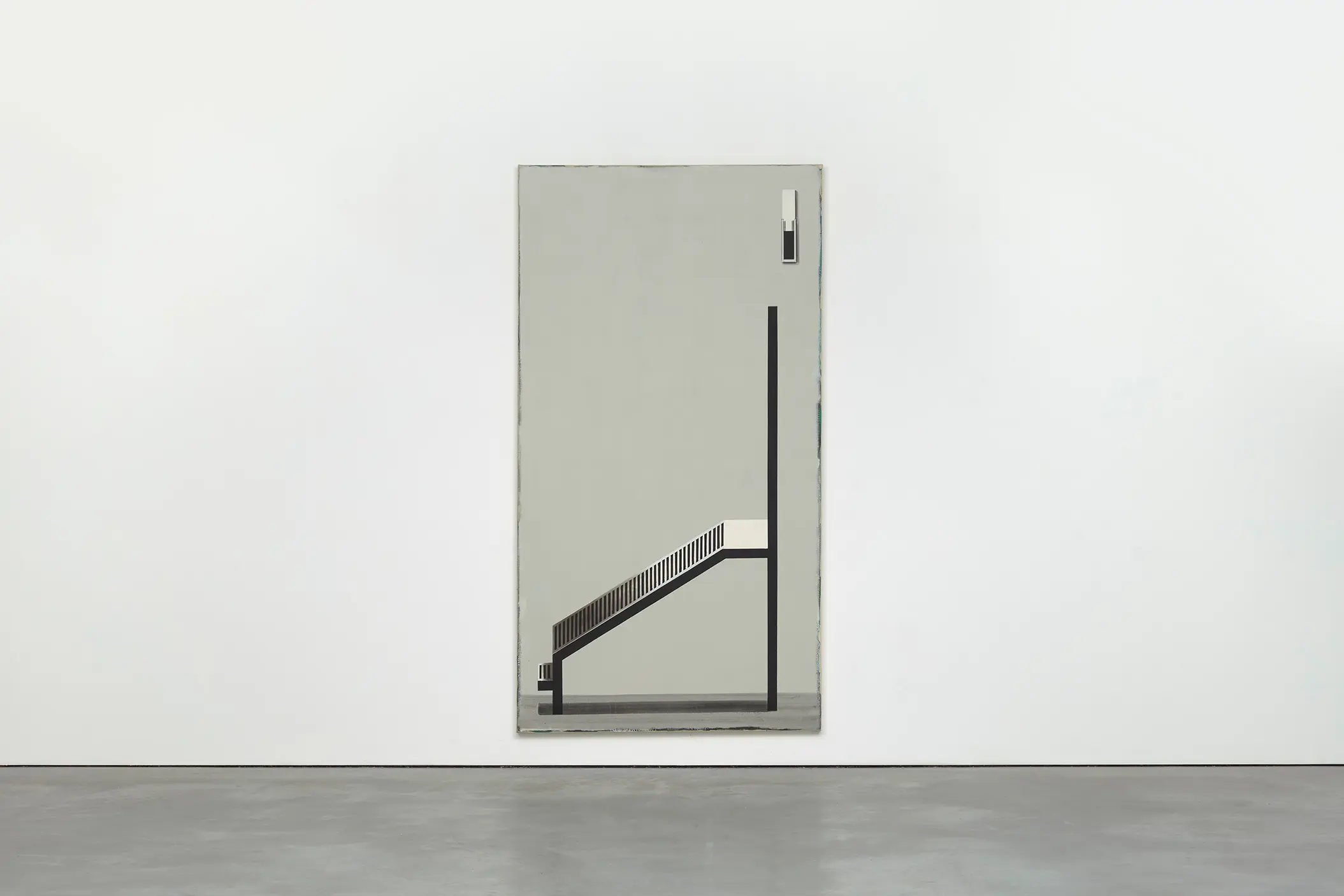

oil on canvas, 240 x 130 cm, 94 1/2 x 51 1/8 in

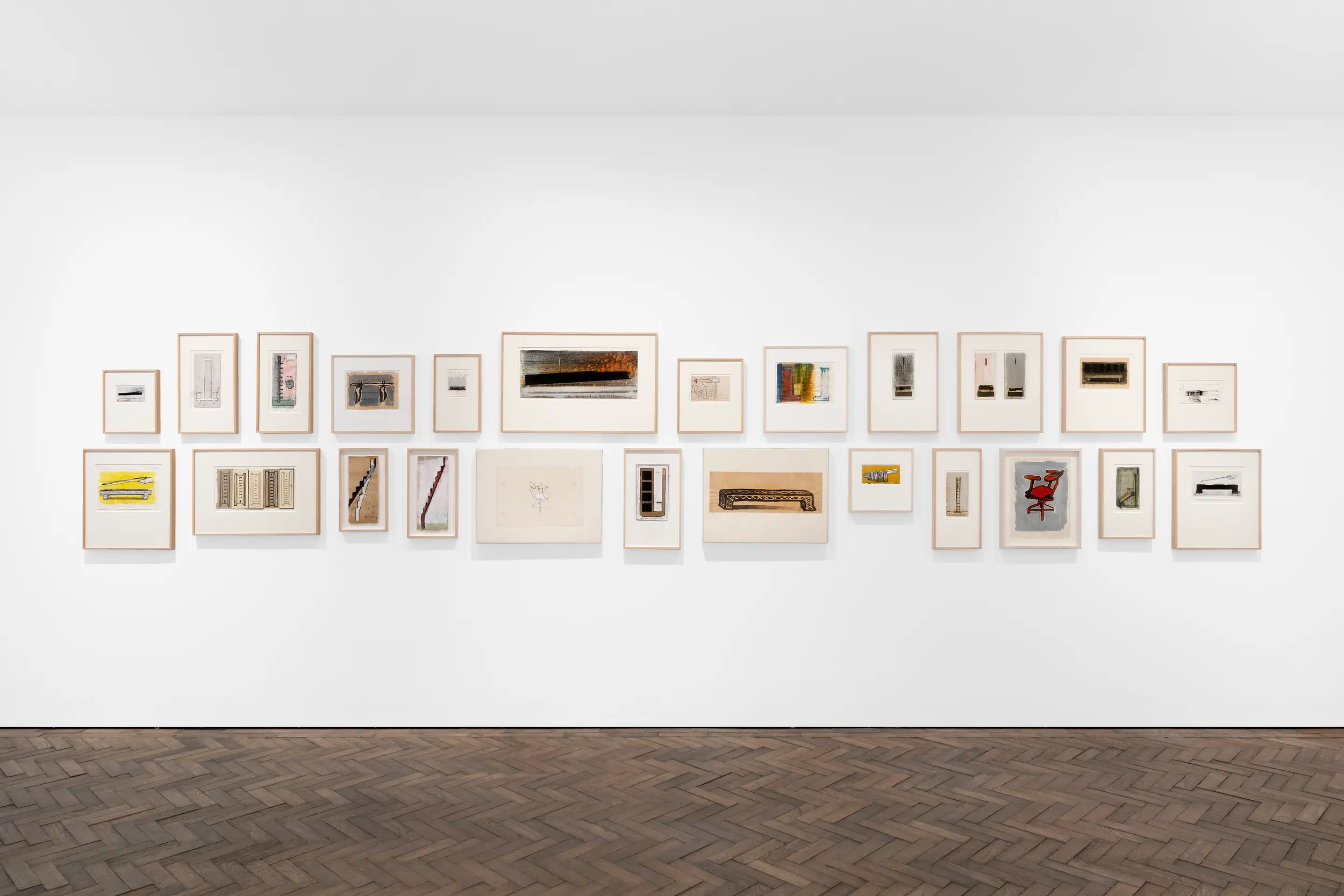
Press
Biography
Michael Simpson
Born in Dorset, 1940 Lives and works in Wiltshire